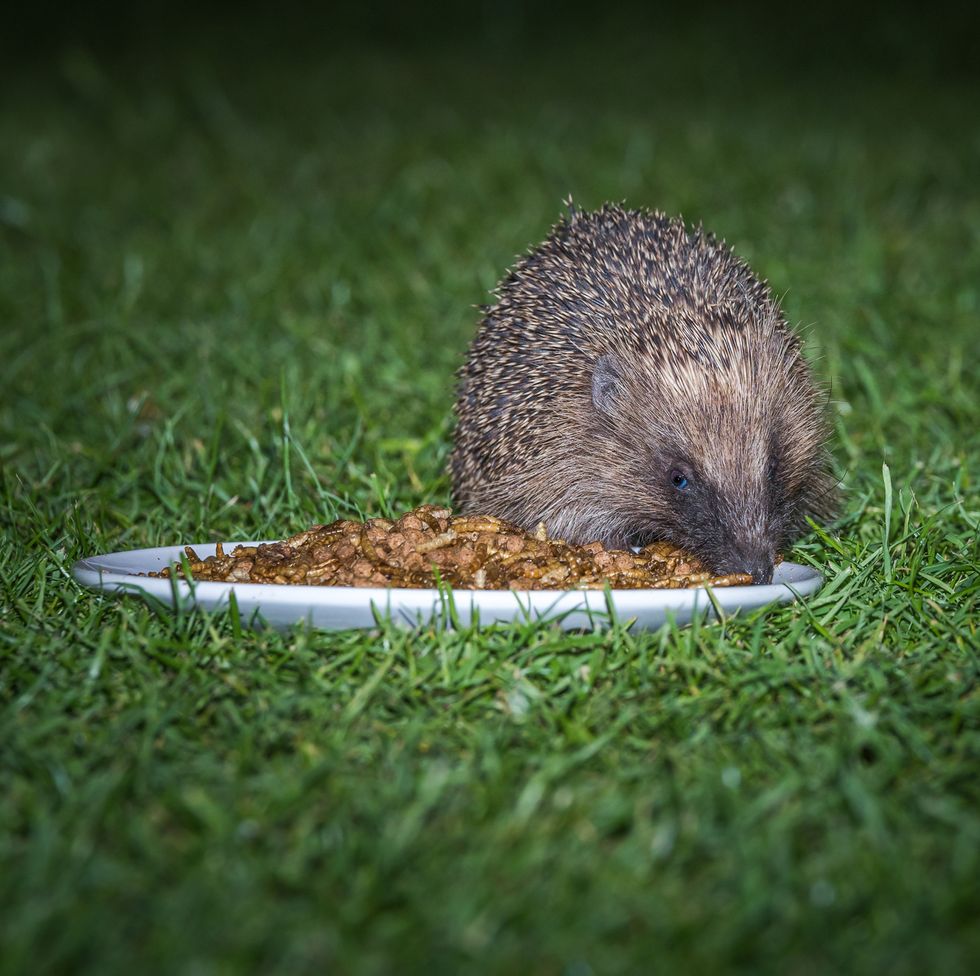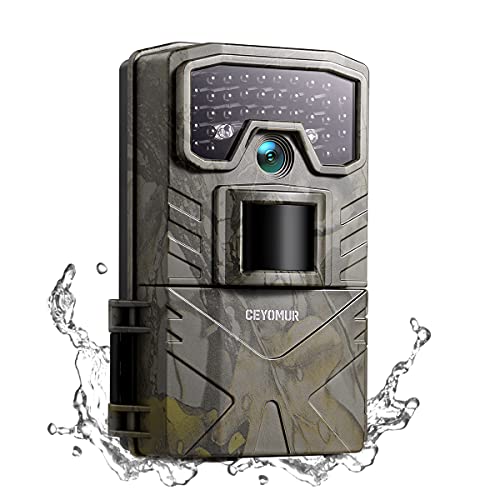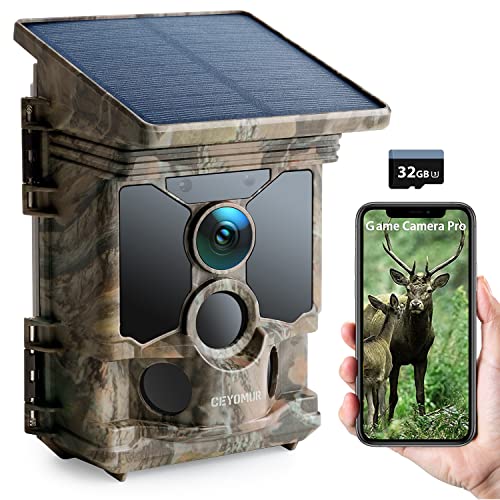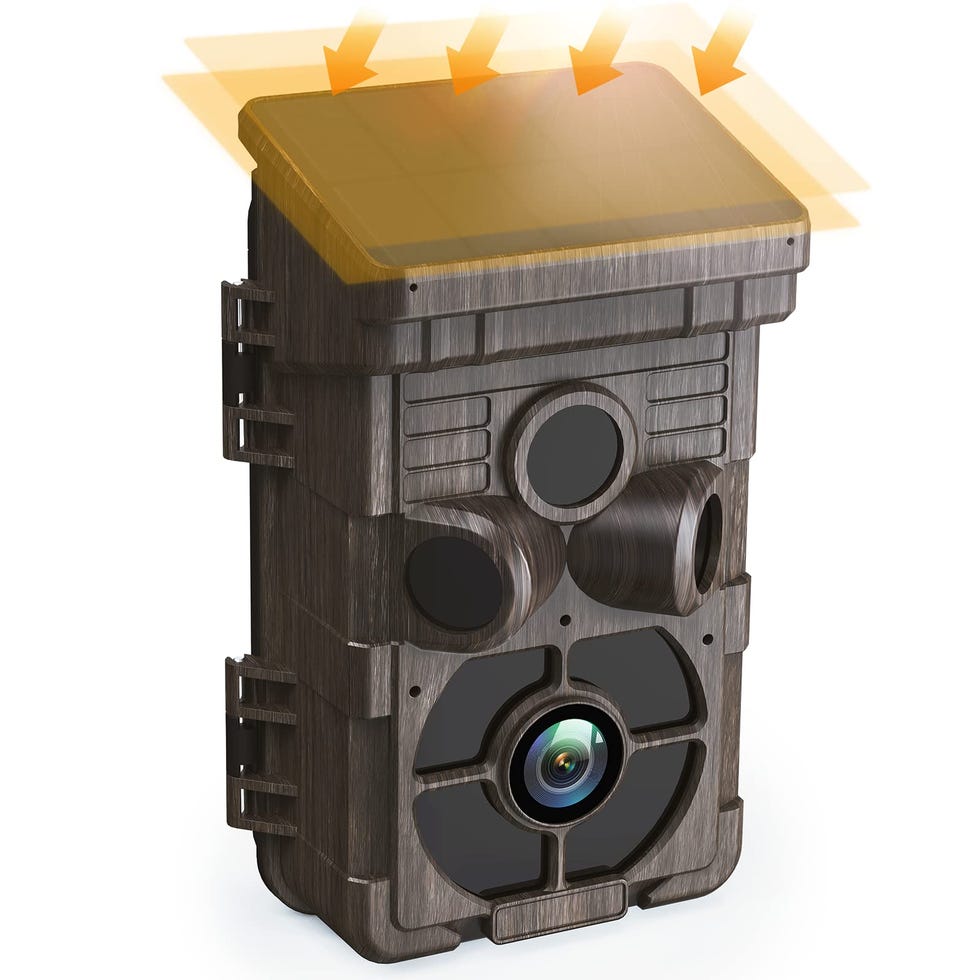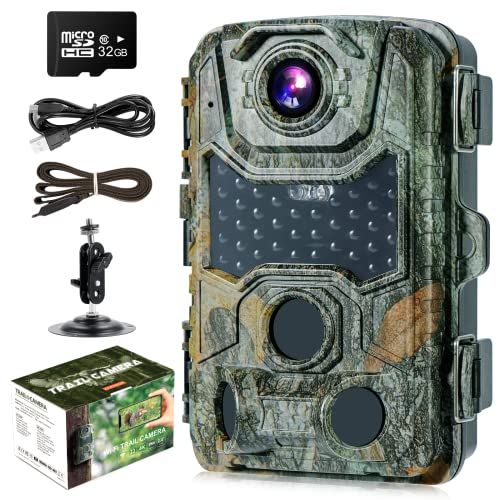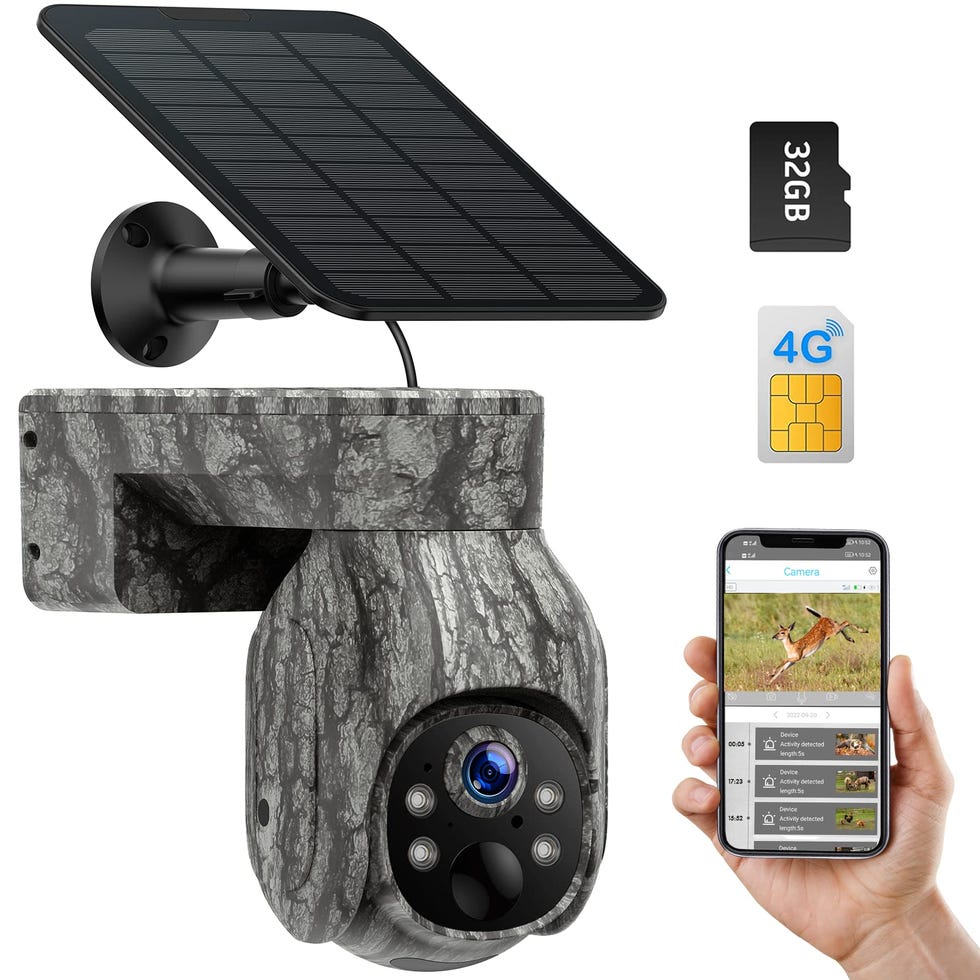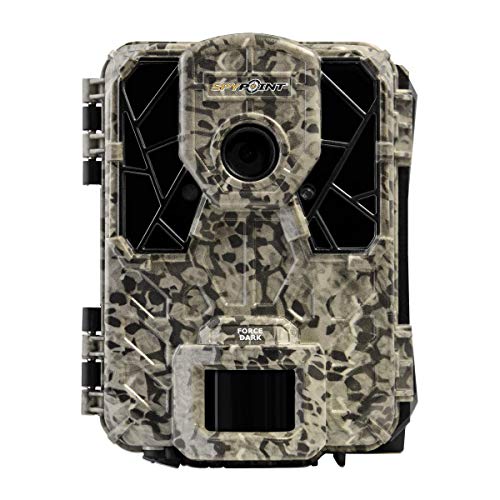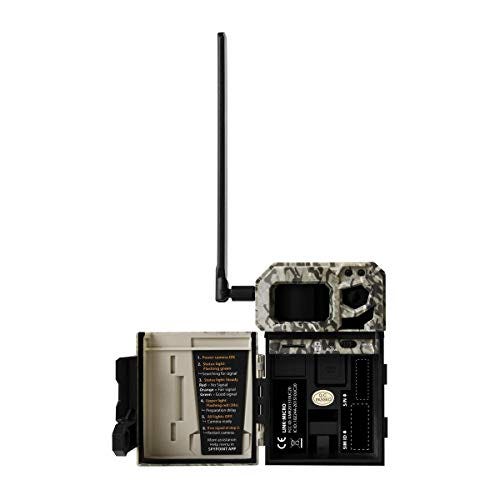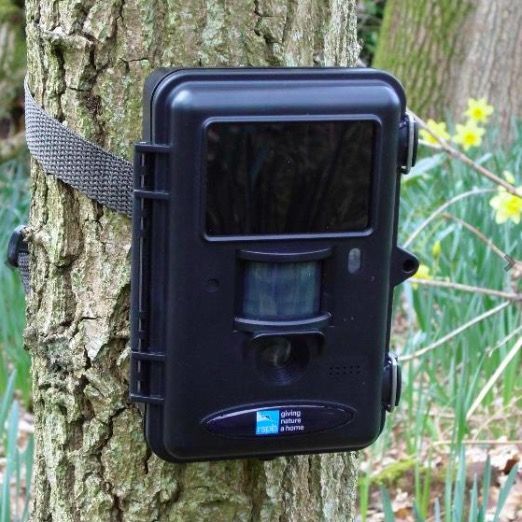Sales of outdoor wildlife cameras have boomed in recent years, thanks to popular programmes like Springwatch, a surging interest in wildlife conservation across the UK and lockdown, which reignited people’s love for the great outdoors and natural habitats in their own gardens.
“Wildlife cameras are an incredible way to bring wildlife closer to us and deepen our understanding and connection with wild animals which are often rare to spot,” Forestry England, who care for more than 1,500 English forests, told Country Living. “The video and pictures show fascinating animal behaviour and help people engage with and understand species better.”
Wildlife cameras can be used in both private gardens and on public land (although it’s best to avoid areas you’re likely to capture people on camera for privacy reasons). They can also help children learn about local species and the importance of protecting them.
How to set up a wildlife camera
- Ensure the camera is charged and has enough memory to capture new images and videos.
- When choosing a spot, think about what animal you are likely to see and the best height and position for the camera. Ideally, place it around the eye level of your intended subject.
- Set the device up on a sturdy tree or fence in a clear area – waving plants and branches may trigger it. Make sure it’s secure so it won’t get knocked over or moved in bad weather
- Do not risk disturbing or harming animals by putting the camera too close.
- Be very careful not to damage the habitat, flora or fauna when putting the camera out.
- Collect the camera during the day so you’re less likely to disturb nocturnal animals like badgers and foxes.
Tom Hibbert, content officer at The Wildlife Trusts, stressed the importance of not disturbing animals you’re trying to film. “Their welfare should always come first,” he said. “The more you know about your intended subject before you place your camera, the less likely you are to disturb it – and the more likely you are to get quality photos or footage.”
It’s important to familiarise yourself with wildlife legislation as well, Tom says. For example, you can’t put a camera in a bird’s nest if there are eggs or chicks in it, as it could lead to abandonment. It’s also a criminal offence to interfere with some animals, including nesting barn owls and badgers.
What else to consider before putting up a wildlife camera
- Anyone wanting to use wildlife cameras in their woodlands should contact their local forestry District to discuss their plans first.
- If you plan to use the camera on private land that is not your own, seek the landowner’s permission first.
- If you plan to use the camera on public land, ensure that no-one’s privacy will be compromised.

